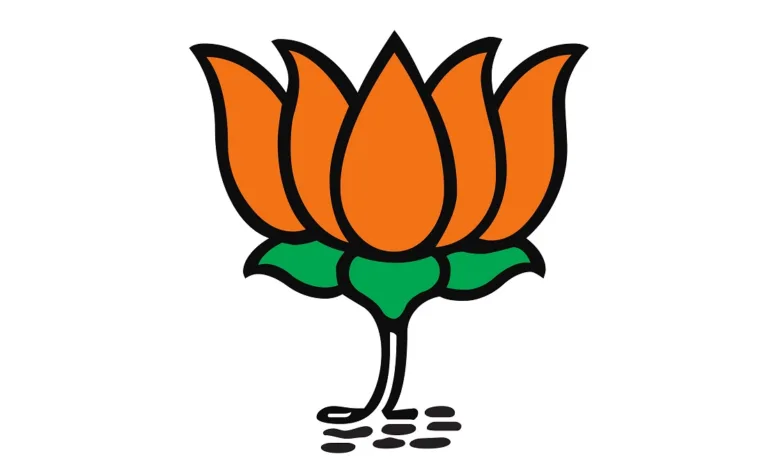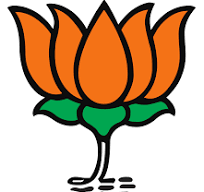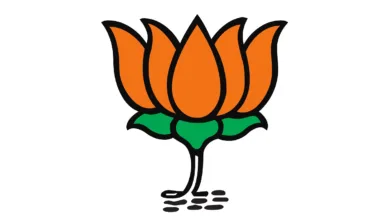Congress leaders afraid of losing Kedarnath bypoll to factionalism, claims BJP

PNS | DEHRADUN
The Bharatiya Janata Party has claimed that the Congress leaders are apprehensive of their chances of victory in the Kedarnath Assembly bypoll due to factionalism in the party. The BJP State media in-charge Manveer Singh Chauhan said that contrary to the claims of impending victory being made by the Congress, most of its claimants for the party ticket in Kedarnath are afraid of losing due to factionalism before even posing a challenge to the BJP.
Chauhan claimed that those wanting to contest the Kedarnath bypoll on the Congress ticket are currently trying to tackle each other and will later try to avert a defeat due to factionalism in the party. “The Congress lacks any concrete issues and the people are asking about its achievements after it was given a chance once in the past. The BJP is approaching the people on the basis of the development works executed by its government while the Congress is depending on baseless allegations to boost its electoral prospects. The statements being made by Congress leaders are laughable. Factionalism has come to the fore again within the Congress even before the electoral contest.
The Pradesh Congress Committee president announces two observers and later the party’s State in-charge announces observers above the earlier two. The Congress State executive has not been formed for two years due to factionalism and in such a situation, the Kedarnath bypoll will be another difficult challenge for the party,” Chauhan said.






